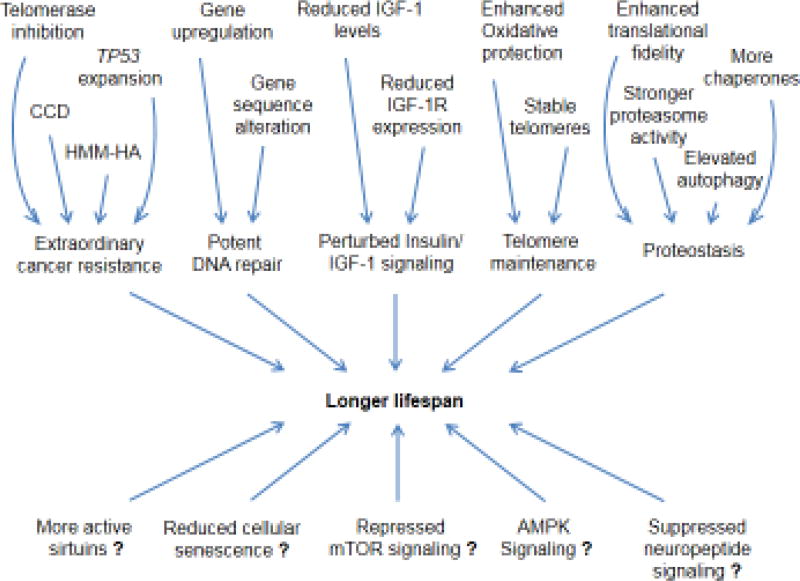Fig. 2. Molecular mechanisms determining lifespan in mammalian species.
Multiple molecular mechanisms contributing to longer lifespans have been identified in long-lived mammalian species. Telomerase inhibition in large long-lived species (larger than 5–10 kg), TP53 expansion in elephants, concerted cell death (CCD) in blind mole rats, and high-molecular-mass hyaluronan (HMM-HA) in naked mole rats contribute to extraordinary cancer resistance. Strategies to enhance DNA repair capacity include upregulating the expression and altering the sequences of DNA repair genes in different species. Perturbed insulin/IGF-1 signaling due to reduced plasma IGF-1 and brain IGF1R expression or unique mutations in growth hormone receptor (GHR) and IGF1R were identified in some long-lived species. Long-lived species may protect telomeres by augmenting antioxidant response systems and upregulating shelterin proteins. Proteostasis in naked mole rats is enhanced by increasing translational fidelity, upregulating the expression of chaperones, and elevating autophagy and proteasome activity. Other longevity mechanisms identified in model organisms may contribute to longer lifespans of naturally long-lived species, which include more active sirtuins, reduced cellular senescence, repressed mTOR signaling, activated AMPK signaling and suppressed neuropeptide signaling.

